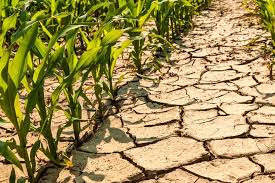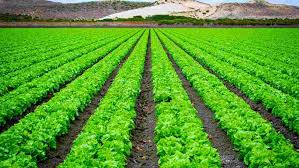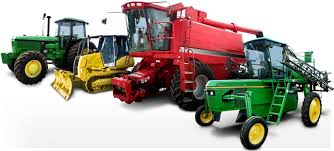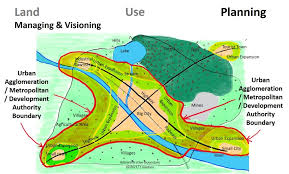
Agriculture and the environment have a complex, two-way relationship. Agricultural practices have a significant impact on the natural environment, while environmental changes, such as climate shifts, directly affect food production.
- Teacher: Admin User

A main research project is a structured, in-depth investigation into a specific topic that systematically addresses a research question or problem. It is a requirement for many academic programs and often involves an element of original research. The process typically involves several key stages, from initial topic selection to the final presentation of findings.
- Teacher: Admin User

Dairy value addition is the process of transforming raw milk into a diverse range of products to increase shelf life, appeal to consumers, and create higher profit margins for producers. This can range from basic processing like pasteurization to more complex manufacturing of items such as cheeses, yogurts, and milk powders.
- Teacher: Admin User

Dairy science and technology is a multidisciplinary field that applies the principles of chemistry, microbiology, and engineering to the production, processing, and distribution of milk and milk-based products. The field is essential for ensuring dairy products are safe, nutritious, and meet consumer demands.
- Teacher: Admin User

- Teacher: Admin User

Postharvest technology refers to the scientific and technical practices applied to agricultural produce after it has been harvested. Agro-based industries are those that use agricultural produce as raw materials to create finished products. The synergy between these two fields is crucial for reducing food waste, enhancing food quality, and fostering economic development.
- Teacher: Admin User

Farm machinery refers to the mechanical tools and equipment used to perform various agricultural tasks, from soil cultivation to harvesting. The type of machinery needed depends on the farm's size, budget, crops, and tasks.
- Teacher: Admin User

Land use planning is the systematic process of organizing and regulating how land is used to balance competing demands and achieve desired social, economic, and environmental outcomes. It is typically carried out by a central authority, such as a local government, but increasingly involves input from all stakeholders, including community members, developers, and businesses.
- Teacher: Admin User